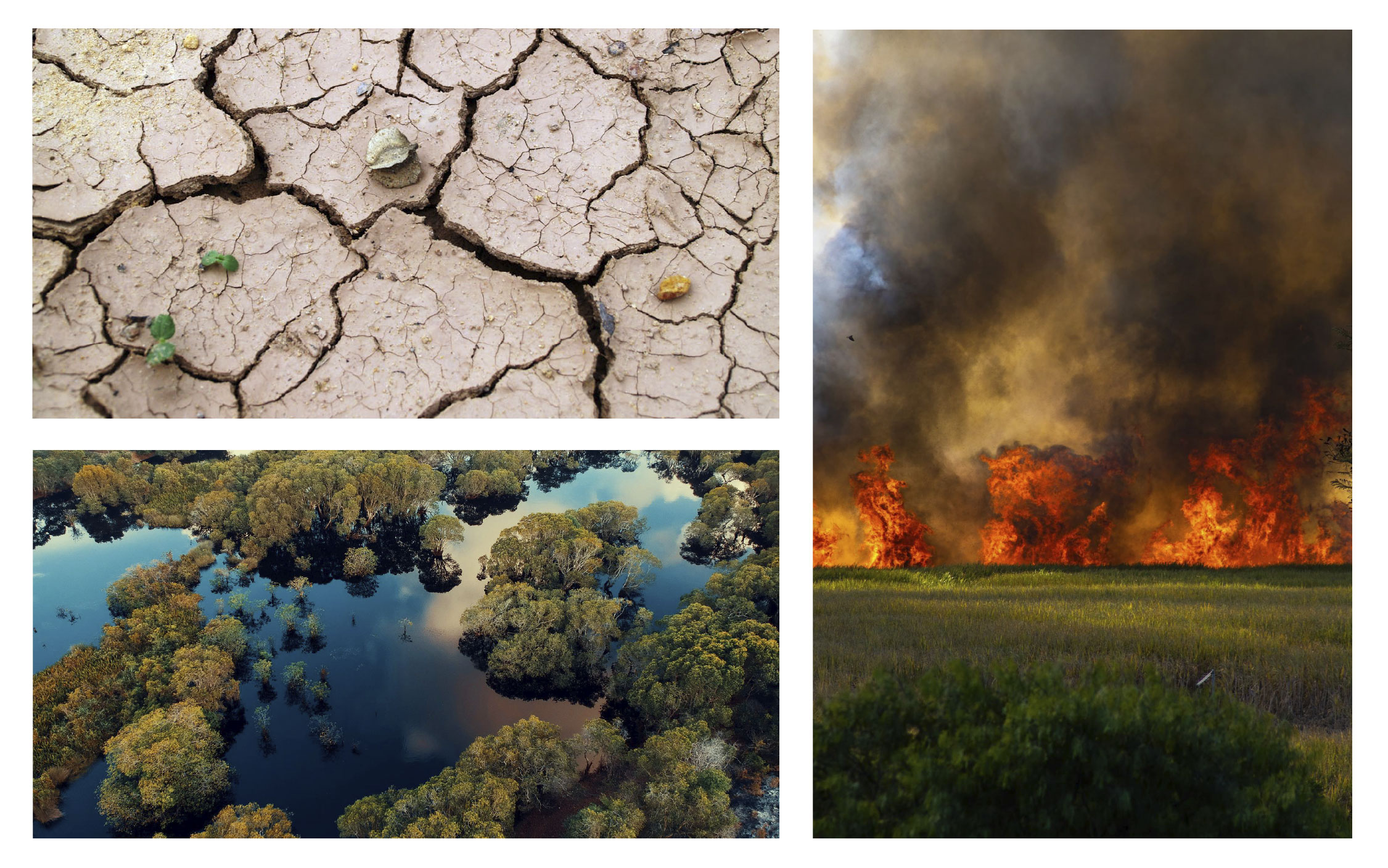The Impact of Climate Change on Food Security
In 2024, we surpassed the 1.5°C global warming threshold, and without action, this will continue to rise. We’ve already witnessed the effects of climate change; wildfires in LA, floods in Spain, and prolonged droughts in South America and southern Africa. This extreme weather is likely to continue. If global temperatures rise more than 2°C above pre-industrial levels, the consequences for food security could be irreversible.
Without action, the climate crisis will continue to affect people and the planet. You might wonder how this ties into food security.
Lets explore how climate change impacts both food production and communities.
As the planet heats up, droughts, heatwaves, and extreme temperatures cause significant issues for crop production. Shifts in rainfall patterns disrupt crop growth, reducing yields, particularly for staple crops like wheat, rice, and maize. With smaller harvests, food prices rise due to supply quantities. This also impacts farmers’ incomes and local economies with the rising costs of production. Potentially due to water shortages and the need for more pesticides. Extreme droughts are already turning food insecurity into a crisis, particularly for vulnerable populations.

It’s critical to address this, especially in key food-producing regions like Spain, parts of Africa, and the United States, which are already feeling the effects.
Here are a few other ways drought is affecting people and the planet:
Water shortages in the mediterranean are forcing water-use restrictions.
Drought in Ethiopia has caused several livestock losses.
The Zambezi River, a key source of hydroelectric power for several southern African countries, is experiencing dangerously low water levels. Causing power shortages and blackouts.
Heat also heightens the effects of wildfires with high risk of destruction in eastern Brazil, the western US, southern and eastern Africa, central Asia, Australia, and eastern Europe. This type of extreme weather can be damaging to infrastructure, transportation and crops which in turn disrupts food distribution. Other similar weather events like this include storms and floods, similar to those we saw in Valencia, Spain.
Our oceans are warming, forcing fish to migrate to cooler, deeper or higher latitudes. Species like cod, haddock, and mackerel are moving north in the Atlantic Ocean. This shift disrupts fishing grounds and could lead to overfishing in new areas or strain on already vulnerable fish populations. Additionally, many fish species rely on specific temperature ranges for reproduction, and any change in these conditions could result in fewer offspring, further diminishing fish supply.
Pollution also poses a large threat to ocean life. Plastics from large debris to tiny microplastics are contaminating our oceans. A recent study shows that 180 out of 182, or 99%, of seafood were contaminated.This pollution not only harms marine species, causing higher mortality rates, but it also enters the food chain, ultimately reaching humans.
If climate change continues this way, then we expect to have more extreme weather, higher food prices, famine and a competition for resources. But we have not lost hope, we can all join together to make changes.
Here are a few things you can do!
Consider reducing your consumption of animal-based products, especially from high-emission sources like beef and lamb.
Reduce food waste by planning meals, using leftovers, and composting.
Foods grown close to home and consumed in season require less energy for transportation and storage, reducing their carbon footprint.
Further reading and sources
https://www.theguardian.com/us-news/2025/feb/03/seafood-microplastic-contamination-study

